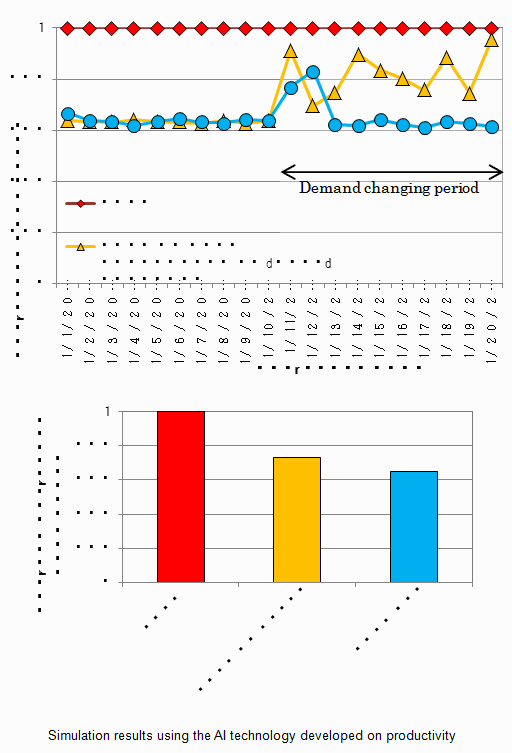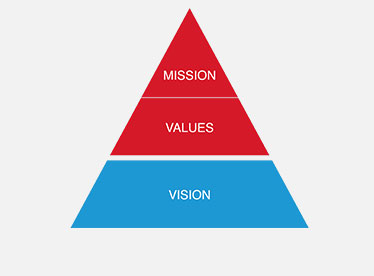-
Products
-
Transportation & Mobility Solutions
Transportation & Mobility Solutions
At Hitachi, we engineer industry-leading transportation and mobility solutions by leveraging decades of knowledge and using high-quality automotive material and components.
-
Energy Solutions
Energy Solutions
We believe the only solution for fulfilling the growing power requirements of industries and society is through a comprehensive portfolio of sustainable energy solutions and delivering innovative high-efficiency energy systems.
-
IT Infrastructure Services
IT Infrastructure Services
Hitachi’s state-of-the-art IT products and services are known to streamline business processes which result in better productivity and a higher return on investment (ROI).
-
Social Infrastructure: Industrial Products
Social Infrastructure: Industrial Products
Within the industrial sector, Hitachi is consistently delivering superior components and services, including industrial and automation solutions, useful in manufacturing facilities.
-
Healthcare & Life Sciences
Healthcare & Life Sciences
At Hitachi, we believe that healthcare innovation is crucial to a society’s advancement. A strong healthcare sector is often considered an inseparable element of a developed society.
-
Scientific Research & Laboratory Equipments
Scientific Research & Laboratory Equipments
Hitachi focuses on extensive research and development, transformative technology, and systems innovation to unfold new possibilities and create new value through scientific endeavors that strengthen the connection between science and social progress.
-
Smart Audio Visual Products
Smart Audio Visual Products
Since 1956, Hitachi audio visual products have provided state of the art solutions to consumers all over the world. It has been our pleasure to design competitive products at the lowest possible prices while maintaining our industry-leading quality standards for your comfort and enjoyment.
-
View All Products
Hitachi Products & Solutions
Hitachi, a technology leader in the U.S., offers a diverse set of products and solutions, and breakthrough technologies for smart manufacturing, green energy and mobility solutions that empower governments, businesses, and communities.
-
Transportation & Mobility Solutions
- Social Innovation Solutions
-
About Us
-
Hitachi in the U.S.A.
Hitachi in the U.S.A.
Discover information about the Hitachi group network across the Americas, upcoming events and sustainability endeavours, CSR policies, and corporate government relations.
-
About Hitachi Group
About Hitachi Group
Explore our leadership team, investor relations, environmental vision, and sustainability goals. Learn how Hitachi is leveraging its research & development capabilities for social innovation across industry verticals.
-
Hitachi in the U.S.A.
- News Releases
- Case Studies
- Careers
- R&D
Development of Artificial Intelligence issuing work orders based on understanding of on-site kaizen activity and demand fluctuation
8% efficiency improvement verified in logistics tasks by integrating AI into IT systems
Tokyo, September 4, 2015 --- Hitachi, Ltd. (TSE: 6501, “Hitachi”) announced today, the development of artificial intelligence technology (henceforth, AI) which provides appropriate work orders based on an understanding of demand fluctuation and on-site kaizen activity derived from big data accumulated daily in corporate business systems, and its verification in logistics tasks by improving efficiency by 8%. By integrating the AI into business systems, it may become possible to realize efficient operations in a diverse range of areas through human and AI cooperation.
With the progress in information technology (henceforth, IT) in recent years, IT systems have been introduced into various business systems to achieve work efficiency. In the future, it is expected that taking factors such as daily demand fluctuations and changes in accompanying on-site responses on a daily basis, will become increasingly important in raising work efficiency. Conventional business systems however operate on preprogrammed instructions, and therefore in order to reflect on-site kaizen activities or employee ingenuity it is necessary to have a system engineer redesign the system, making it impractical to frequently update the system. Further, there was also the issue that in the event of a non-standard operation becoming necessary, it was also necessary to rewrite the work process and design, thus making it difficult to issue efficient work instructions in a timely manner for changes in demand fluctuation and corresponding on-site changes in response.
To address these issues, Hitachi developed AI which provides appropriate work orders based on an understanding of demand fluctuation and on-site kaizen activity derived from big data accumulated daily in business systems. By integrating the AI into business systems, it will become possible to incorporate on-site kaizen activities or employee ideas while flexibly responding to changes in work conditions or demand fluctuations to realize efficient operations. Main features of the AI are as follows:
1. Understanding of human ideas and kaizen, and translating this to work orders
Although workers on-site conduct tasks based on work orders issued by business systems analyzing big data such as those related to work details or results, in order to conduct the tasks efficiently, workers also devise and implement new approaches and kaizen drawing from experience. The AI automatically analyzes the outcome of these new approaches, and selects processes which produce better results and applies it to the next work order. By understanding and applying the ideas of on-site workers and their kaizen activity to work instructions on a daily basis, it is possible to create an environment where humans and AI mutually cooperate to continuously raise efficiency.
2. Automatically select appropriate data from big data and flexibly respond to demand fluctuation
When developing conventional business systems, expected busy or off-peak season related demand fluctuations are taken into consideration in the design but this has not been able to accommodate for short periods of bad weather or sudden increases in demand. The AI automatically selects and analyses data similar to the actual work conditions of the day from past big data on work detail, work volume and weather, to provide appropriate work instructions in response to short period of bad weather or sudden changes in demand.
3. Quickly intake various forms of big data
Business systems accumulate big data in various alphanumeric forms including symbols, such as amount, time and product codes. Thus, in order to analyze this data with AI, it was necessary to have a domain expert in the business task pre-analyze the data, making data analysis even more time-consuming. The AI analyzes the statistical distribution of the data, and by automatically pre-categorizing the data notation format, enables new data to be integrated quickly without assignment by a human interpreter. As a result, it becomes possible to automatically incorporate daily kaizen by employees or demand fluctuation into the system to produce appropriate and timely work instructions.
To verify the benefits of the AI, an on-site demonstration with a warehouse management system equipped with this technology was conducted, measuring item collection efficiency in a distribution warehouse. Comparative results of a warehouse system with and without this technology, showed an 8% decrease in work time based on instructions issued by the system with this technology.
In addition to logistics, Hitachi intends to apply the AI to various other areas such as finance, transport, manufacturing, healthcare, public works, and distribution, in order to contribute to business operations which can respond flexibly to changes society in an efficient manner.







